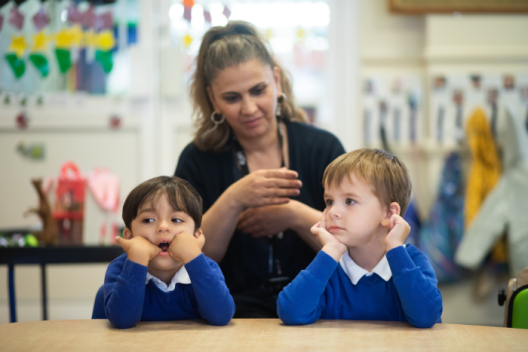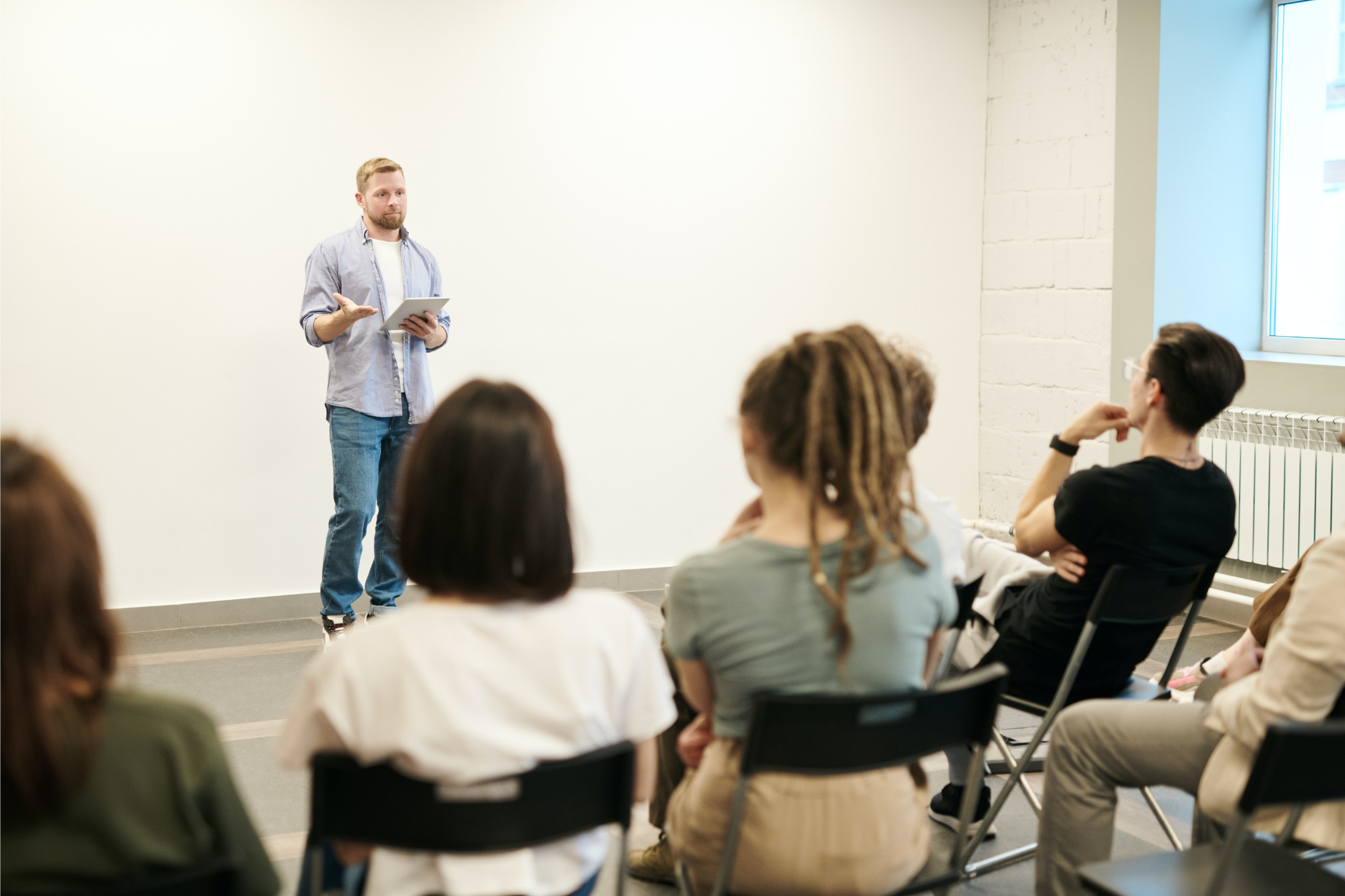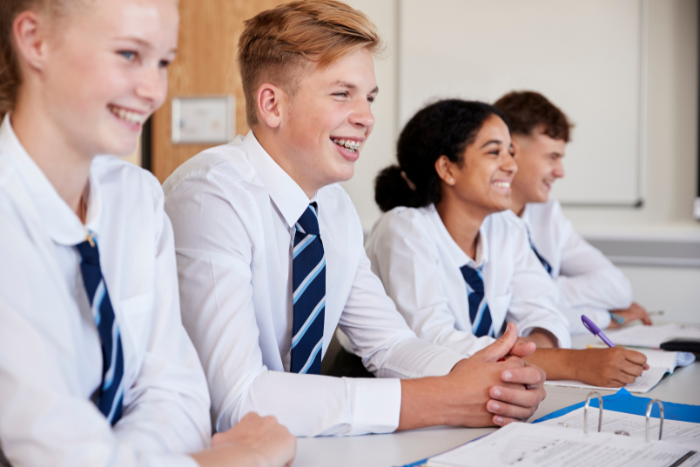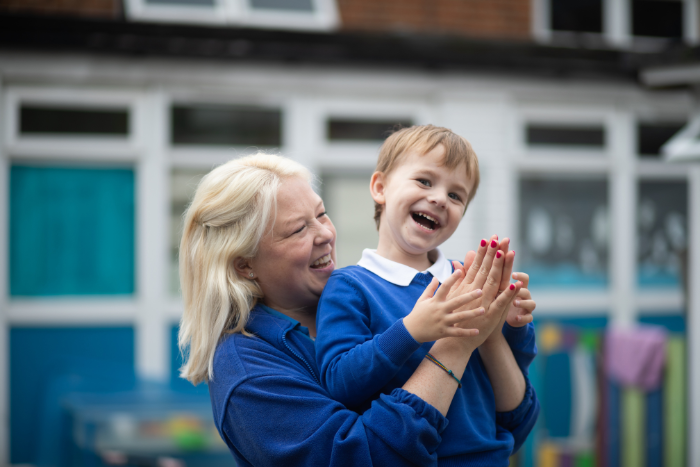
Transition tips for the end of the summer holidays
Reading time: 3 minutes
If you’ve followed us on social media over the summer, you will know that our focus has been on supporting all education practitioners with the information and guidance needed to settle their autistic pupils back into school life after the holiday break.
It’s fair to say that many pupils won’t find the return to school easy.
However, for our autistic students, the uncertainty, unpredictability and unfamiliarity of the return to school presents the need for additional support to help them settle in and feel comfortable with the ‘newness’ that comes with change and transitions.
We’re here to help.
If you’re an education practitioner wondering how to support transitions for your pupils from one year group or school to another, or perhaps you are new to autism and wondering how to help your autistic students… please read on.

Micro and macro transitions - what they mean and what you need to know
This is an important topic, and we thought it would be helpful to recap and round up all of our bite-sized and longer-learning content on the subject.
Our aim is to help all of our professional colleagues feel empowered, informed and able to support their autistic pupils navigate this ‘brand new term’ period of change.
An overview
A transition is any change in an individual’s situation.
- ‘Micro transitions’ refer to changes that happen on a frequent basis within an education setting, examples include a change of classroom, staff member, timetable, lunch menu. Many autistic pupils can find these changes disturbing and difficult to adjust to.
- ‘Macro-transitions’ refer to transitions where several factors change, such as peer group, school setting and structure. These areas of change can be particularly traumatic for many autistic learners.

Our guidance, tips and resources to help
- Micro transitions - ‘ Supporting Autistic Learners During Micro Transitions’ with general guidelines to support education practitioners to make reasonable adjustments.
- Macro transitions - ‘ Macro Transitions and Autism in Education Settings’ an overview of the key areas of transition that autistic students may need additional support with.
- Macro Transition case study overview - ‘Meet Max’ - a case study overview of Max’s macro-transition move to Year 7.
- Supporting Autistic Learners During Transitions - ‘6 Strategies to Improve Home-School Communication’ to support collaborative working between the family and education setting.
- Supporting Learners With Autism During Transition - a Longer learning resource, including complete case studies and FREE downloadable PDF
- Early years to primary transition toolkit - this resource focuses on the transition from an Early Years setting to Primary school
- Primary to secondary transition toolkit - this resource focuses on the transition from Primary school to Secondary school
All our resources relating to transitions will be helpful to everyone involved in supporting autistic children and young people, including SENCOs, teachers, teaching assistants and key workers.
We hope this has been a useful round-up for you as we begin a new term.
As we all as downloading the resources that you need, please:
-
Share our top tips and best practice with your colleagues - especially if they are new to autism.
-
Follow us on social media for the most up to date content designed for the busy education practitioner.
You can find us on:
Let’s continue to spread our good autism practice far and wide!


